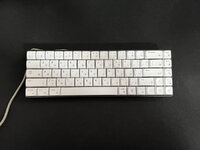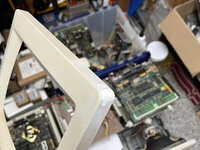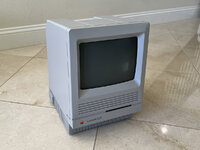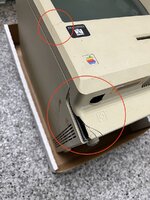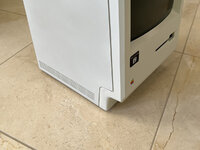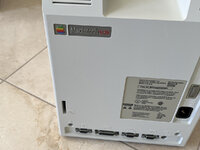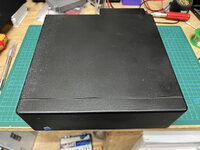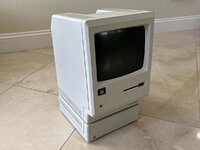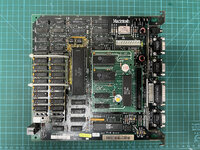jmacz
Well-known member
Right, but there's a switch inside the jack that disconnects the speaker when headphones are plugged in. I don't think it's impossible for that switch to get intermittent and cause symptoms similar to what you're describing.
What I'm going on is that when that jack is removed, there will be no sound from the speaker.
So played with the headphone jack and it seems to be functioning properly. With headphones plugged in, the chime is routed to the headphones, with the headphones not plugged in, the chime is routed to the speakers. Both however exhibit the same problem which is that the chime is staticky, low volume, and fades to no sound and then after that, no more sound until the next reboot. With the headphones however, it's clear that there is power as you get a slight hiss but again, no sound.
But, I had an interesting observation... after boot up, again there's no sound, I'm using the Sound control panel and as you change the volume, there's no sound coming from the speaker or headphones. BUT, there's something weird. Normally when playing with the Sound control panel, you get the beep sound (at the sound level you choose) but if you choose 0 (ie. mute), the menu bar blinks instead as an alert. So choose sound levels 1-7, you get the sound at the proper volume, but choose the lowest option, you get mute and the menu bar blinks instead. That's the normal expected behavior. BUT on my SE/30, it doesn't matter what sound level you choose, the menu bar always blinks. That tells me even the OS is detecting something wrong. The System doesn't do this menu bar blinking based on the speaker being disconnected or not (I just tested this on another computer). It's supposed to only blink when at no volume. But on this SE/30, it's blinking on any volume setting.
RE: Floppy vs SCSI - put System 6.0.8 on a SCSI device and booted and that worked fine. So it's not the SCSI subsystem but something in System 7+ is exposing a hardware problem on boot whereas System 6.0.8 boots fine and doesn't expose the issue. (I had a typo in my message earlier in this thread -- not sure why I typed 6.1.8).

